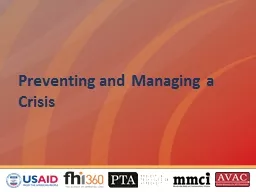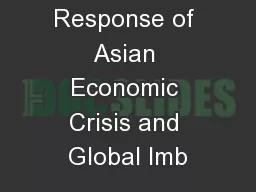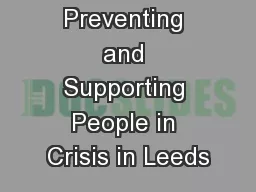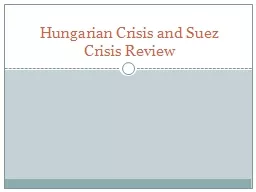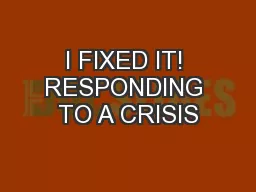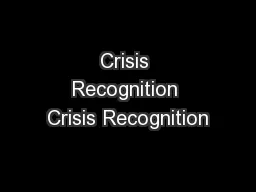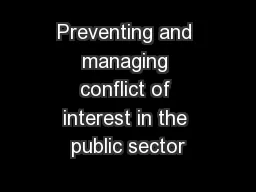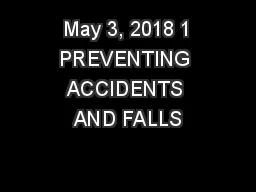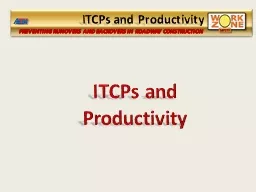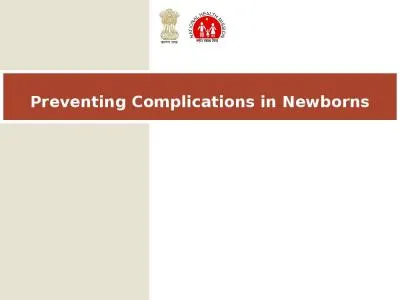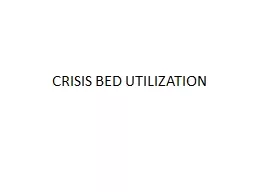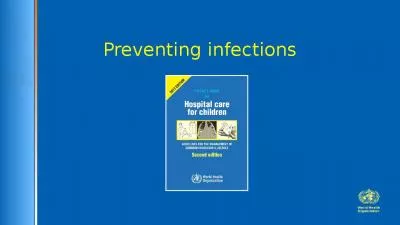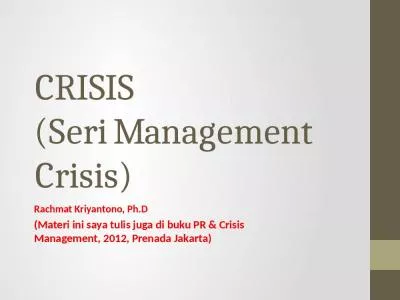PPT-Preventing and Managing a Crisis
Author : liane-varnes | Published Date : 2016-08-08
Overview This session will cover how to Develop a crisis communications plan Prevent crises Prepare for crises Implement your plan Manage unexpected trial closures
Presentation Embed Code
Download Presentation
Download Presentation The PPT/PDF document "Preventing and Managing a Crisis" is the property of its rightful owner. Permission is granted to download and print the materials on this website for personal, non-commercial use only, and to display it on your personal computer provided you do not modify the materials and that you retain all copyright notices contained in the materials. By downloading content from our website, you accept the terms of this agreement.
Preventing and Managing a Crisis: Transcript
Download Rules Of Document
"Preventing and Managing a Crisis"The content belongs to its owner. You may download and print it for personal use, without modification, and keep all copyright notices. By downloading, you agree to these terms.
Related Documents

